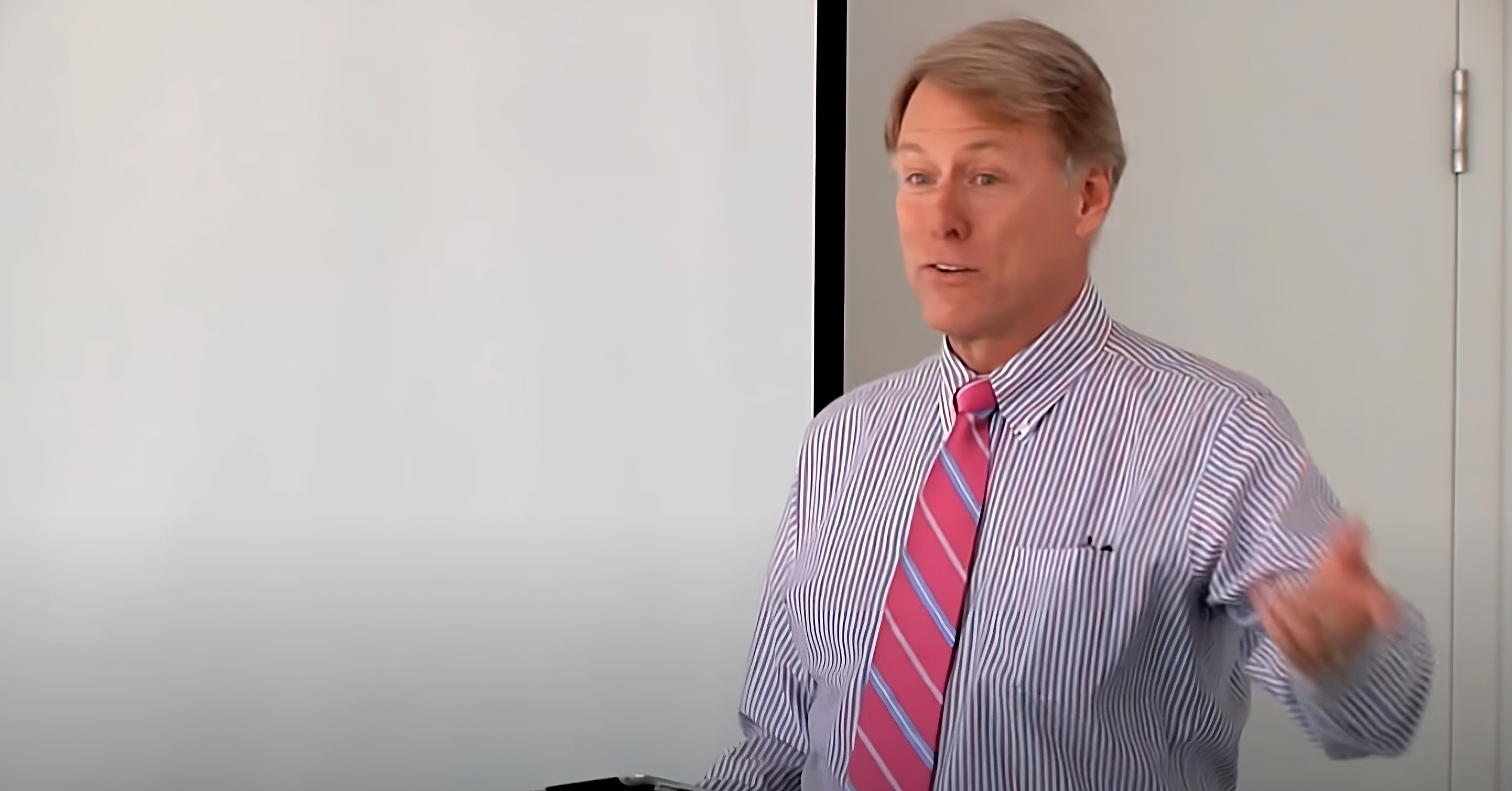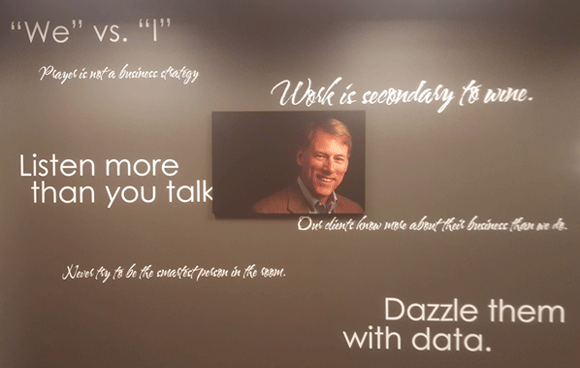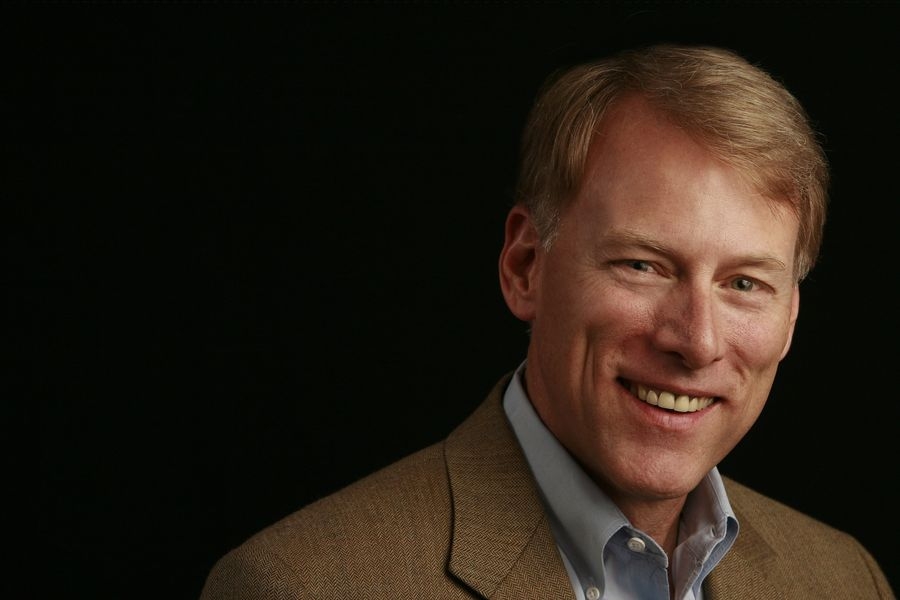Ten years. What has changed in your professional, your personal, world over the past 10 years?
Here at TRG Arts, it was 10 years ago this week that our former CEO, Rick Lester, passed away while participating in a charity bike ride in the mountains of Colorado. Reflect on it for a minute. The changes in our world and our field since then have been staggering, haven’t they?
And yet.
I recently watched a recording from a Theatre Communications Group (TCG) conference session that included Rick and others on a panel titled, “Ending Guesswork” and was focused on data and its use, and how it can help theatre organizations make better business decisions. TCG reminded their members that the aggregated theatre data they gather through Theatre Facts enables peer comparison regarding salaries, programs, revenue realities and more. The predecessor to SMU DataArts, the National Center for Arts Research (NCAR), had just been launched and Dr. Zannie Voss, Director of NCAR, asked, “are we asking the right questions of the data?”
And Rick? Rick spoke about frequency as a driver of revenue resiliency, the critical need the arts field has to invest in retention and reminded attendees that our industry had been writing about the death of the subscription for decades. He had just taken on the Wall Street Journal on this point and was feeling feisty. But as he said, “I’ve been attending arts industry conferences for more than 30 years, and I remember: folks began writing obituaries about the subscription almost immediately after TCG published Danny Newman’s iconic “Subscribe Now” in 1977.”

That conference was in the spring of 2013 and was the last recording we have of Rick’s perspective. A decade ago.
I watched that and felt like not so much has changed.
I’m not being intentionally tone deaf. Of COURSE, so much… EVERYTHING… has changed. But on the occasion that I’m asked to pull up and reflect on what we see in the field from a data and consulting perspective, as I have been recently, I see so many similarities between the conversations we were having with the field a decade ago, and the conversations we’re having now. They include:
- If your organization is dependent on customer revenues, be they audience or philanthropic or more, you’ll need to prioritize those customers. No, really.
- This can be tough in mission-based, non-profit arts organizations where there exists deeply-rooted tension between what communities want and need, and what organizations might prefer to produce/present. (My friend Alan Harrison provokes extensively about this reality, and I suggest that the courageous among you read his blog.)
- The non-profit model has allowed for too-generous, not-critical-enough business leadership. And society and the media don’t help when they use terms like “arts GROUP” to describe a non-profit arts or cultural business. Do we call the American Cancer Society a “cancer group”? Or the Red Cross a “disaster recovery group”? (I was genuinely dismayed when the LA Times in a recent article described Center Theatre Group as having a $50-70 million dollar annual operating budget and in the same sentence described it as a “theatre TROUPE”). These terms infantilize the big business that many arts and cultural organizations have become.
- You might say, as many have, that this is part of the problem, that non-profit arts and culture have become big business. I couldn’t disagree more. Business, whether non-profit or commercial, seeks to serve. We must be clear-eyed about what they require and run them like the businesses they are, and I’m quite uncertain that existing governance structures meet this need well enough.
- Cities and communities in the west have populations that are changing demographically, and quickly. This change was well underway prior to the pandemic.
- Putting collective heads in the sand related to these points were resulting in serious financial—read attendance and philanthropic–challenges for arts and cultural organizations ten years ago…
…that continue in spades today. Add to these six points, the pandemic; the polarization of communities socially and politically; and add a dash of recession, and the decades-old business model of arts and culture must be seriously evaluated or supported in new ways or both.
At the same time, right now, there are some green shoots. While cash acquired through tax and other pandemic assistance programs is nearly depleted for many, this “emergency” is now creating incentives for change. Organizational failures, especially in theatre, appear to be focusing our attention on a variety of solutions. And these sobering realities sit next to examples of organizations whose successes are creating new models, new tests, from which we can learn. Audience and donor revenues have become huge priorities for the short-term, yes, but increasingly with a longer-term in mind (see my LinkedIn page for examples). And crucially, the importance of our collective work has rarely been so clear. Communities need creativity and places to gather to learn, enjoy, laugh and be challenged, now more than ever. Like them or lump them, arts and cultural organizations scale creativity; they’ve developed the mechanisms to enable large numbers of people to participate.
To Zannie Voss’ question back in 2013: are we asking the right questions? Rick would add, “to the right people? In the right ways?”
In his speech during the panel, Rick recommended we do four things to grow audience retention and relationship:
- Collect and use data. (This is an evergreen need, and I’m pleased to observe we’ve grown in our collective capacity here).
- Recognize that our problem with retention is that we don’t invest in it. (And to invest today, like 10 years ago, means we must get creative about how we’ll both acquire new audiences AND have the resources to invite them back. If we don’t do this now, I fear that today’s pandemic-era problems will feel small in comparison).
- Commit to segmenting your community and audiences and use data to understand them. To that I’d add, we must #leadwithourears. During the past three years, we’ve added many new customers to our collective databases, and we must commit to further expansion. BUT: these new customers will be different than the customers we’ve attracted historically. Let’s celebrate this (!!) while developing the systems to listen to all of our audiences, new and existing. We must engage, listen, react, and have the courage to change accordingly where it matters (and different things will matter to different people, people!)
- Test the best ways to deepen relationships and increase frequency with your audiences. It’s the foundation and future.
We’ve missed Rick for 10 years. But recently I’ve wondered, “what on EARTH would he be thinking now???” As I watched his performance a decade ago, I concluded…
Not much has changed.

